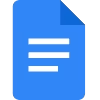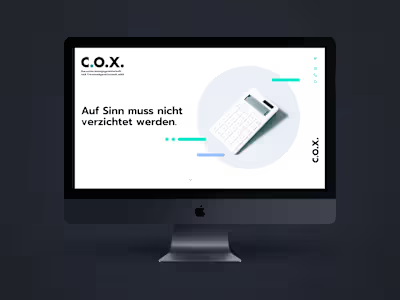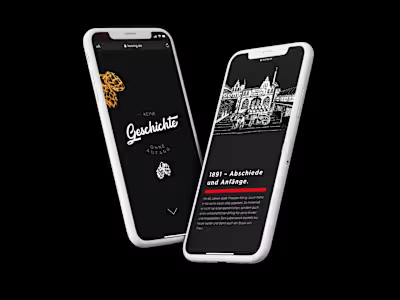Jobcenter Dortmund Web App
Like this project
Posted Mar 17, 2023
Optimized Jobcenter Dortmund's web app, focusing on mobile-first design and accessibility features.
Likes
0
Views
35
Duration: 2020
Agency: former WAYS – today: THE ARC (Dortmund, GER)
Role: UX Design
Introduction
Tasked with enhancing the digital experience for Jobcenter Dortmund, I embarked on a project to optimize the existing information architecture and user journeys. The objective was to create a service-oriented web app with a mobile-first approach, emphasizing intelligent page recommendations and interactive features while prioritizing accessibility.
Phase 1: Information Architecture and Wireframing
Upon joining the team, my initial focus was on reviewing and refining the information architecture. Building upon existing UI design concepts, I crafted wireframes that translated the revamped architecture into actionable layouts. Given the mobile-first emphasis, we envisioned a foldable bottom navigation to streamline access to diverse content categories such as Job Search Support, Financial Help, Job Centre Locations, and a versatile Contact Form.
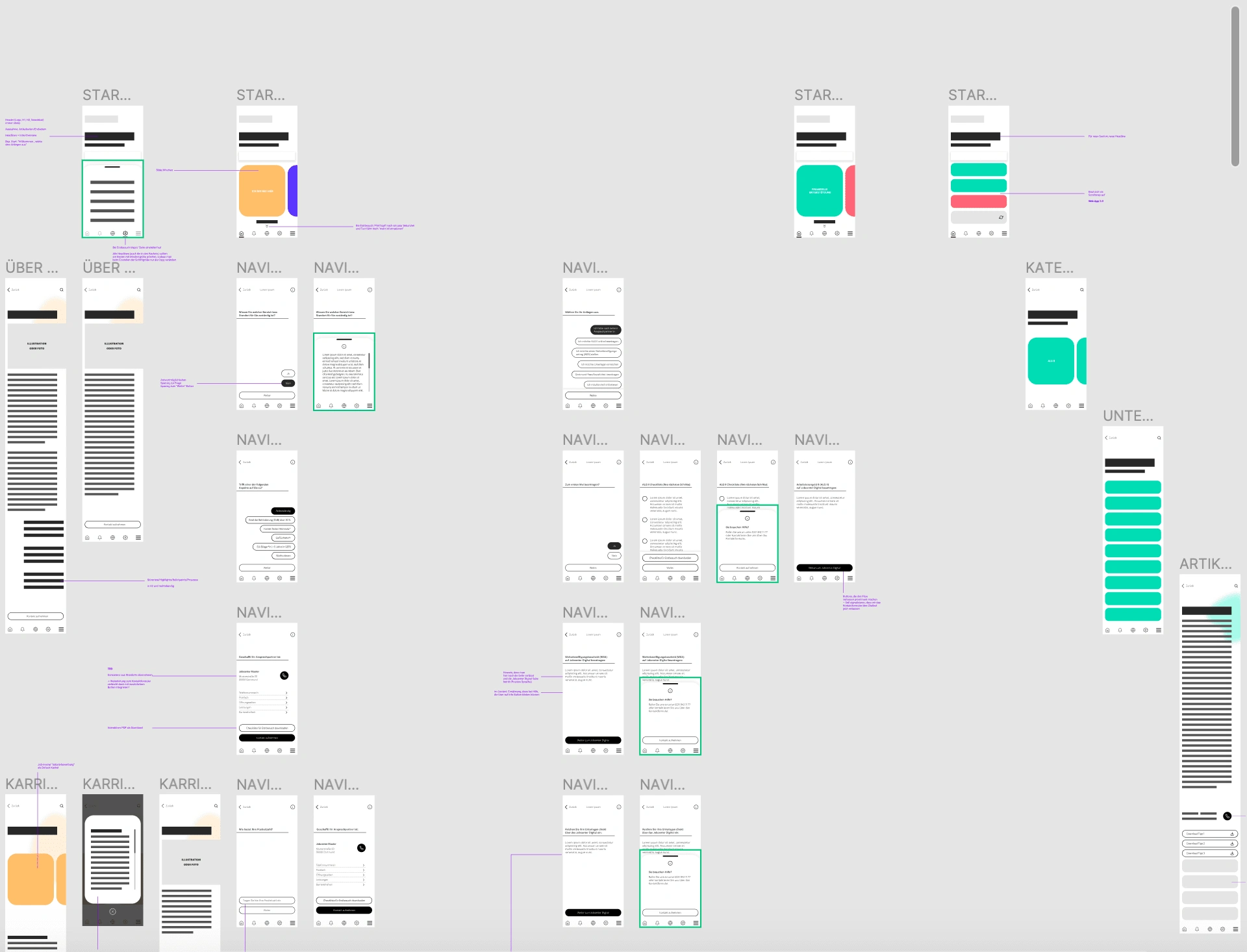
Wireframes for the mobile version
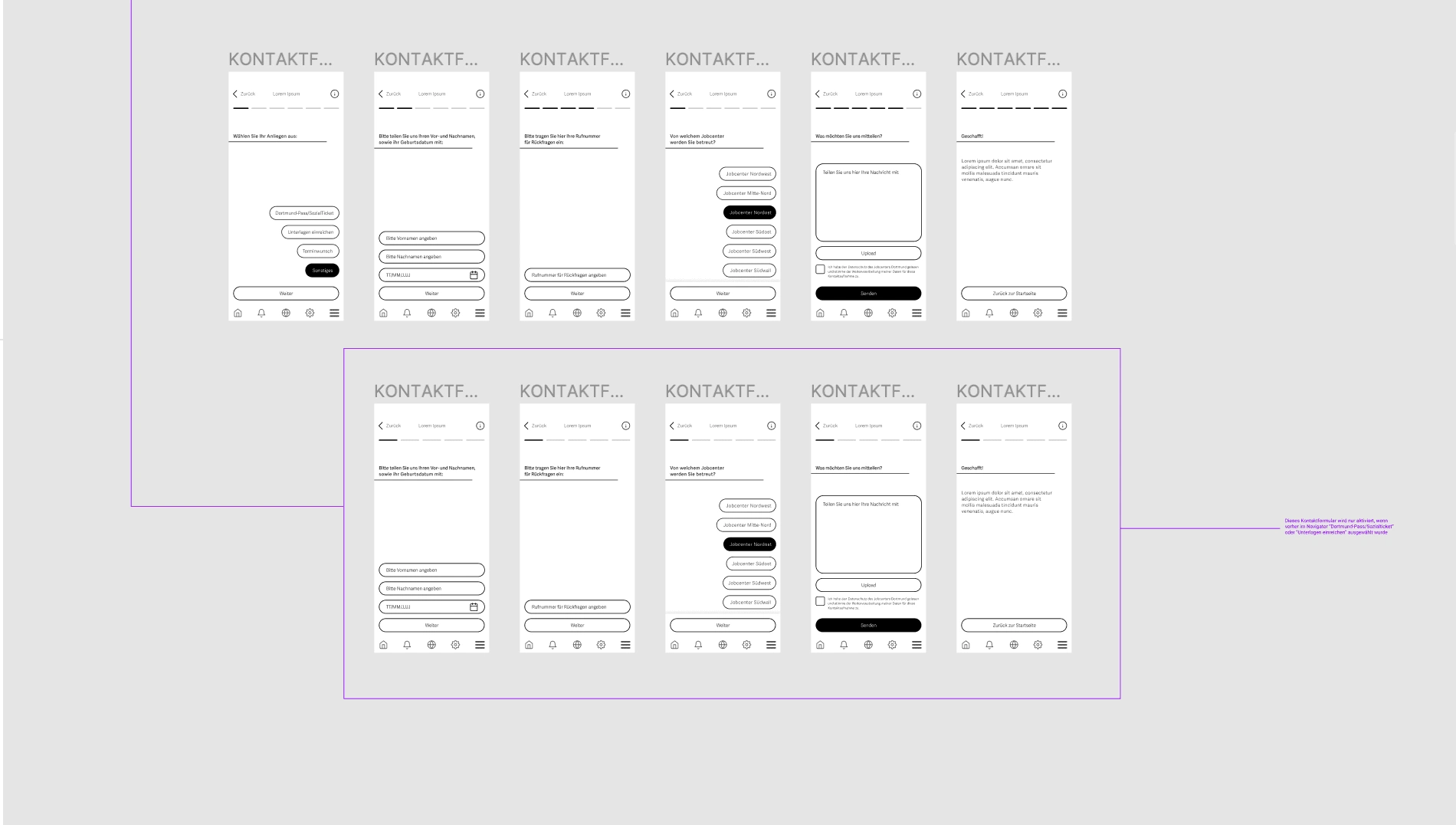
Wireframes for the complex contact form
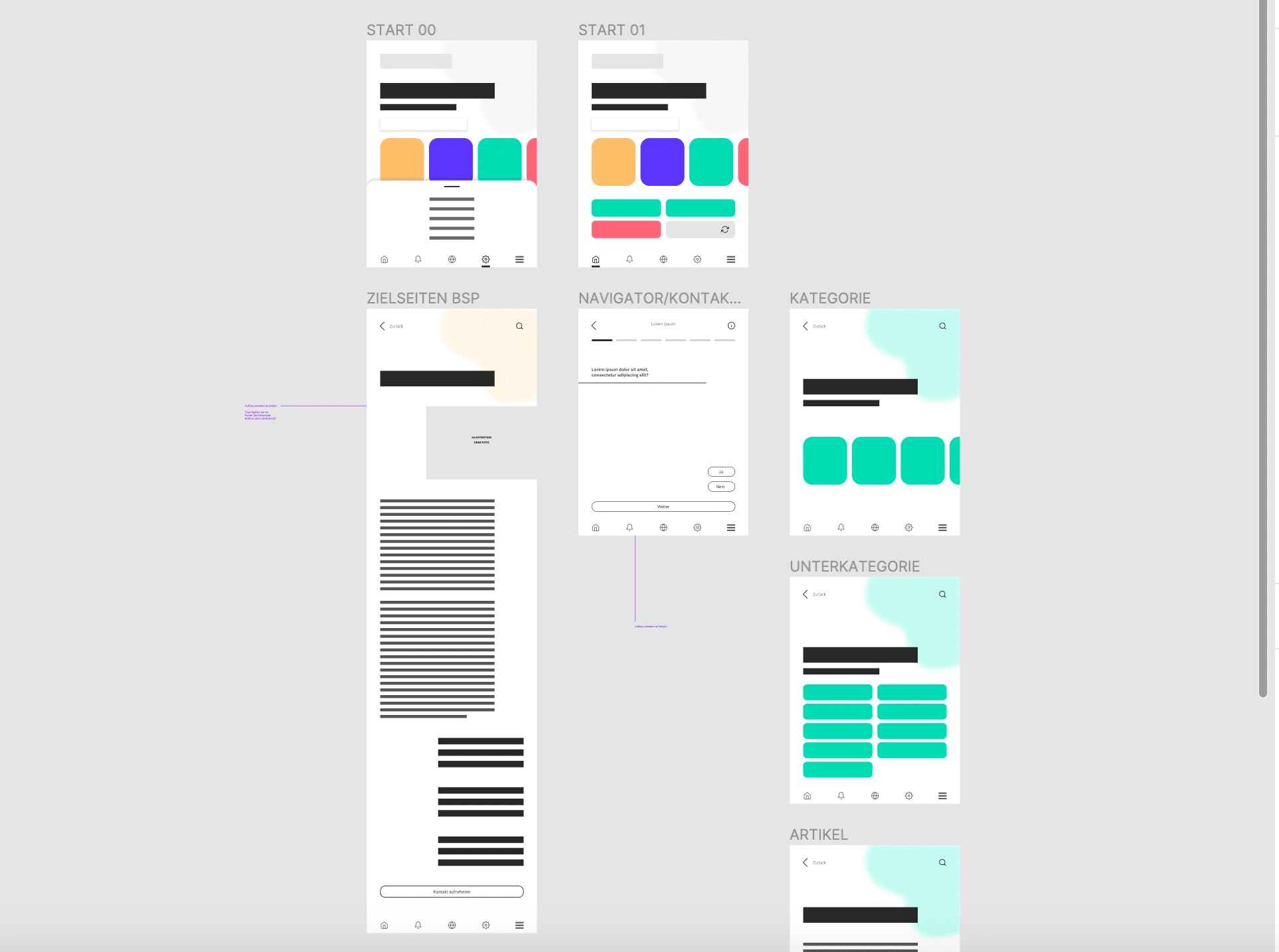
Wireframes for the tablet version
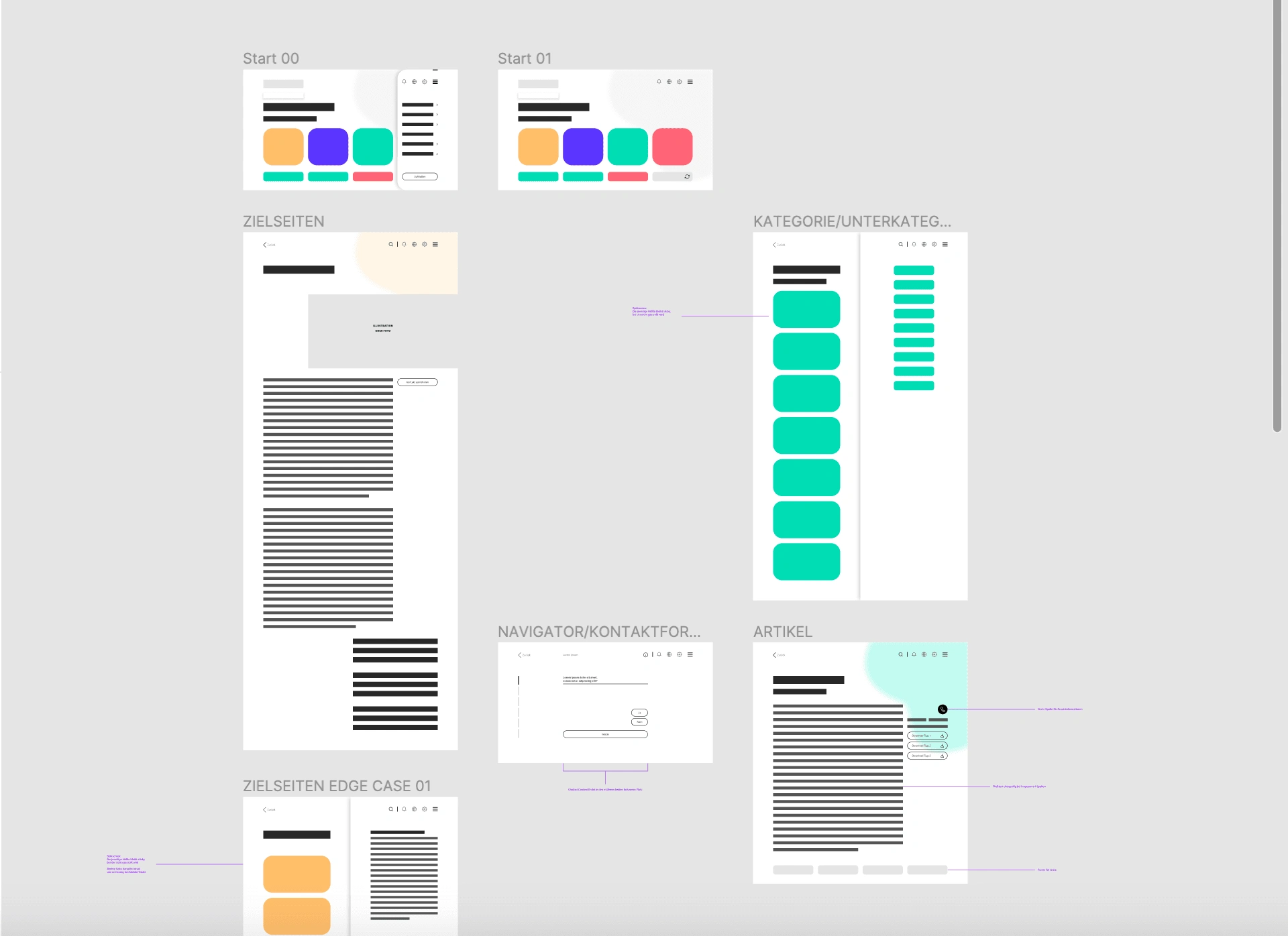
Wireframes for the desktop version
Phase 2: Accessibility Integration
Recognizing the importance of accessibility, I delved into research to identify best practices and emerging trends. This phase involved collaborating closely with the development team to implement accessibility features seamlessly into the design. Adjustments were made to colour schemes, font sizes, and image descriptions to enhance usability for individuals with diverse needs. Documentation of these insights and requirements in Google Docs facilitated clear communication and alignment within the team.
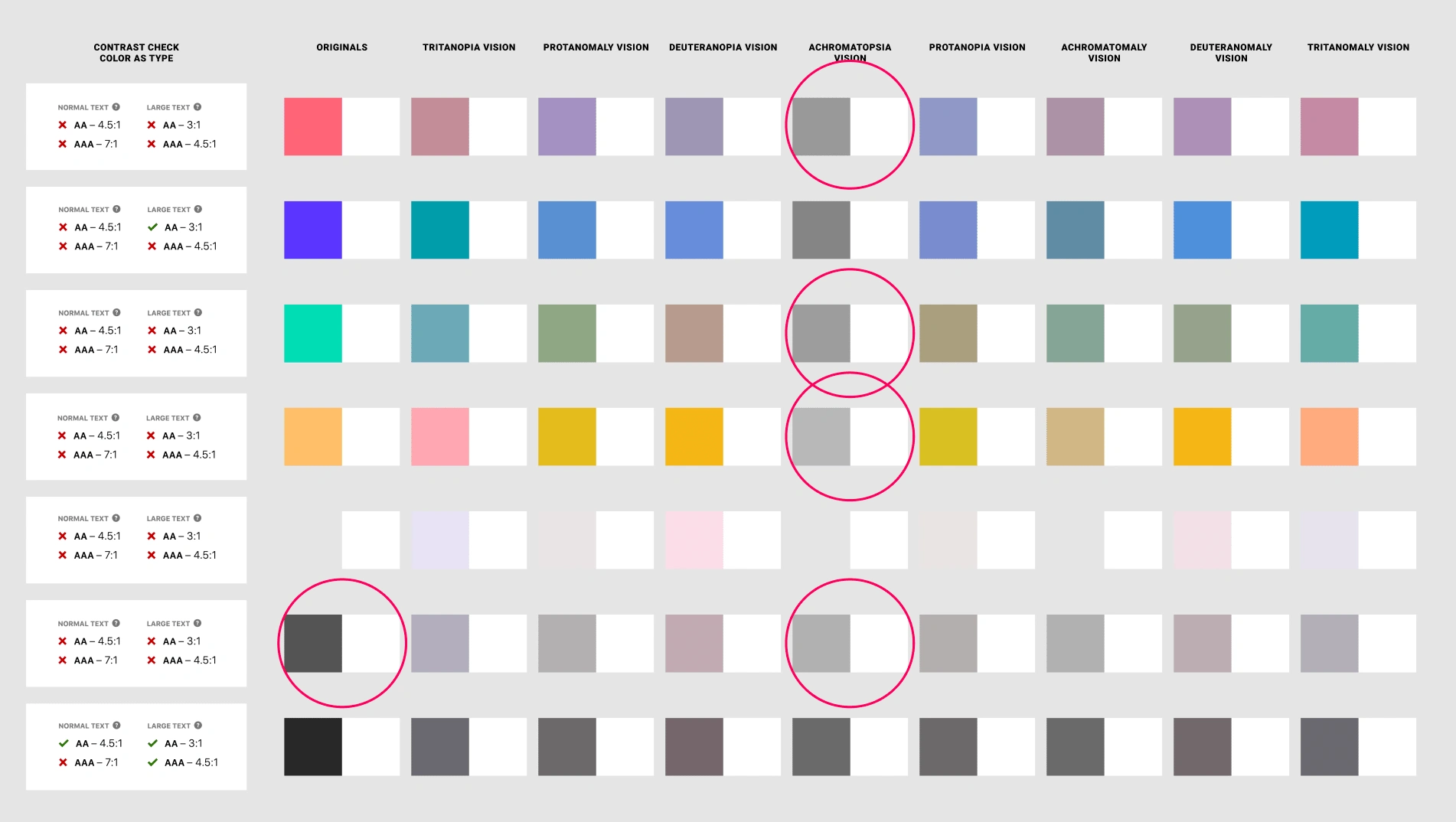
With the help of accessibility plug-ins in Figma, we were able to understand how users with different visions perceive the colour palette
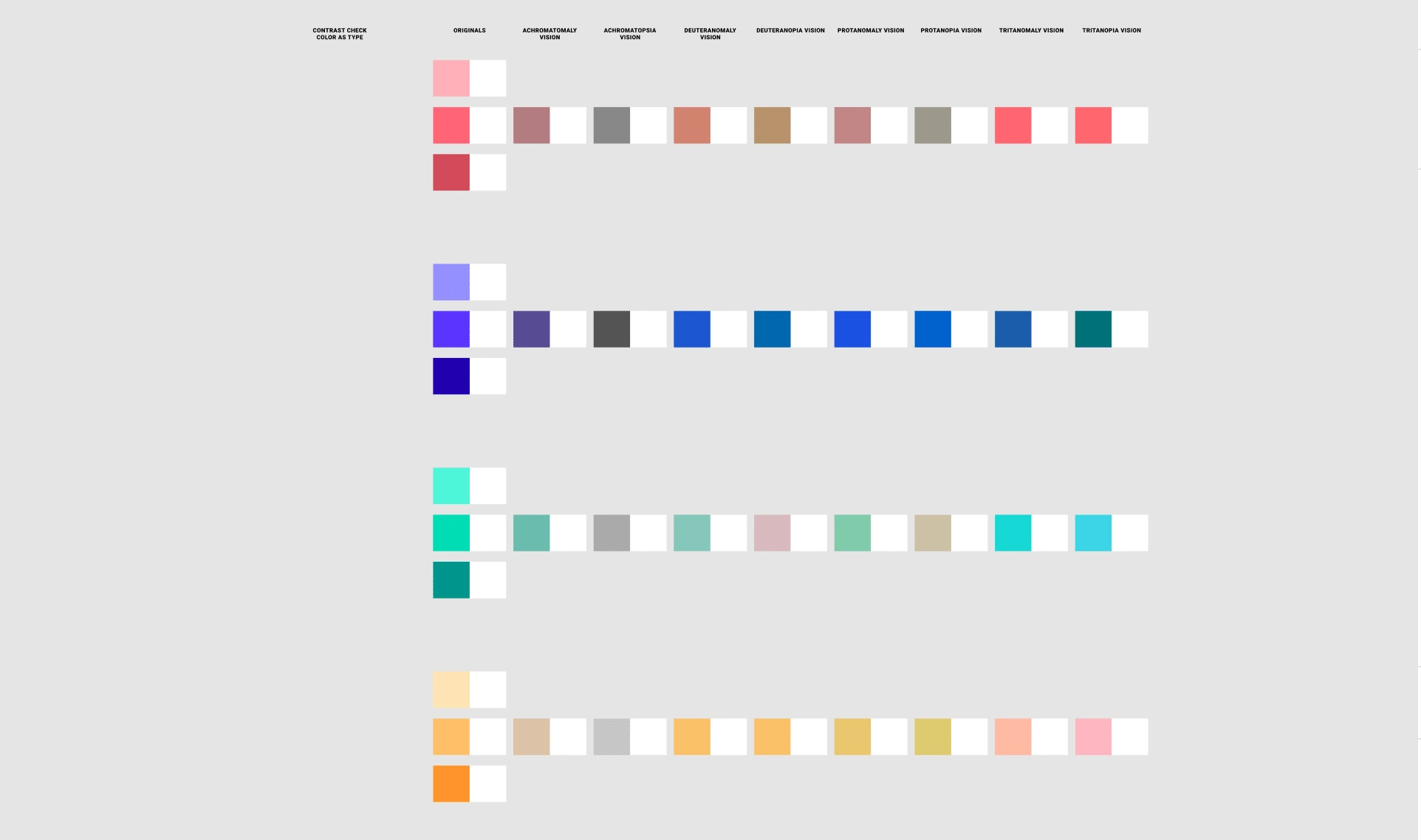
This enabled us to adapt the colour palette so that all users can distinguish between the colours.
Challenges and Decisions
Balancing the diverse array of services offered by Jobcenter Dortmund posed a challenge in organizing content effectively. Through collaborative brainstorming sessions, we devised a category-based approach to ensure intuitive navigation for users seeking specific assistance. Additionally, the decision to prioritize mobile-first design stemmed from the anticipated usage patterns, necessitating a compact and user-friendly interface.
Adhering to accessibility standards required careful consideration of design elements and user interactions. Incorporating adjustable font sizes and image descriptions without compromising the overall aesthetic posed a significant challenge. However, through iterative testing and feedback, we iteratively refined the design to strike a balance between accessibility and visual appeal.
Conclusion
The Jobcenter Dortmund web app optimization project exemplifies the importance of user-centric design and accessibility in digital experiences. By streamlining information architecture, integrating intelligent recommendations, and prioritizing accessibility features, we successfully enhanced the platform's usability and inclusivity.
Reflection
Throughout the project, collaboration and flexibility were key to overcoming challenges and achieving our objectives. By embracing feedback and staying attuned to evolving accessibility standards, we delivered a solution that not only met the client's requirements but also catered to the diverse needs of users.
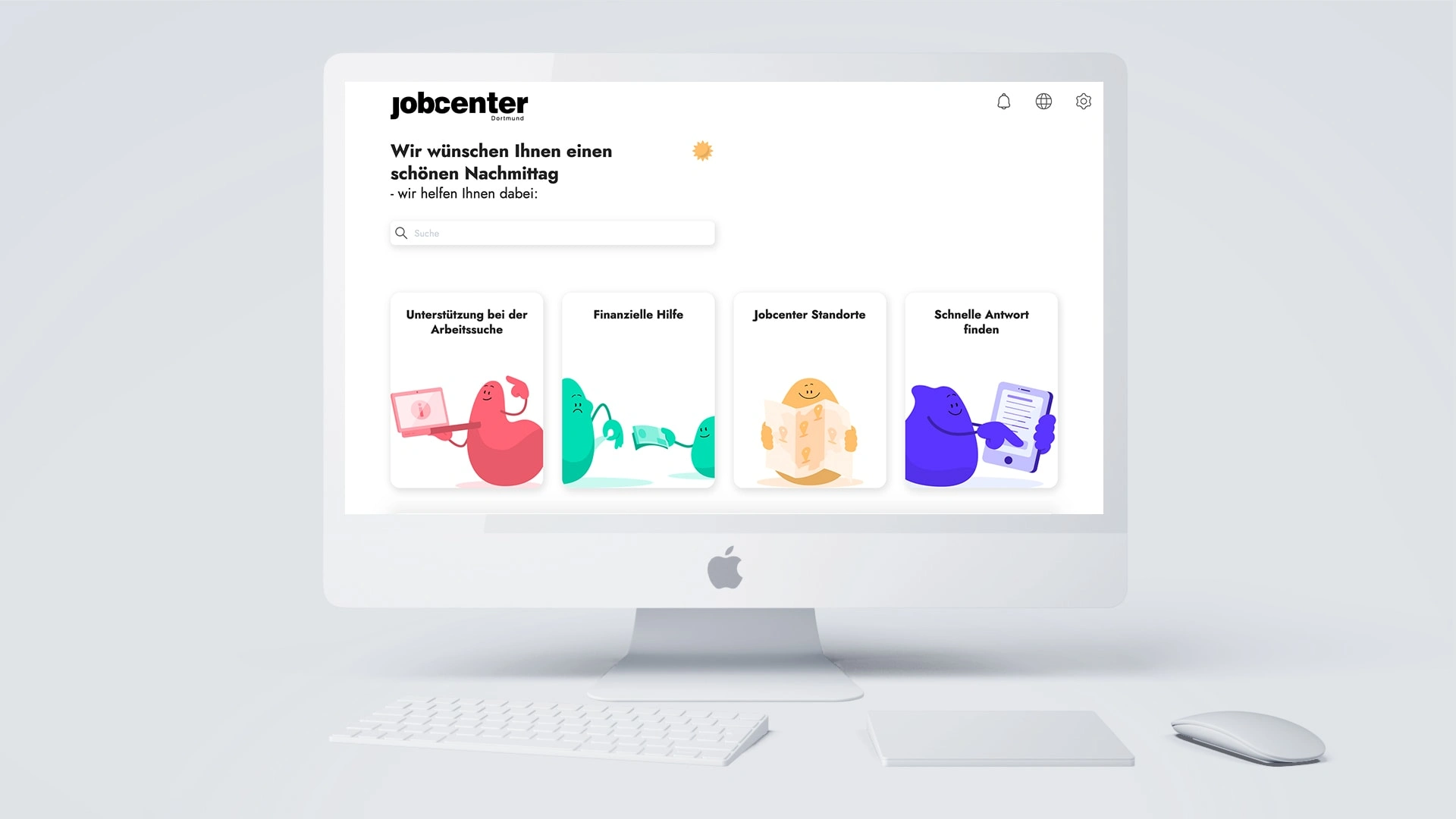
Key Takeaways:
Prioritizing mobile-first design enhances accessibility and usability, particularly for on-the-go users.
Collaboration between design and development teams is essential for seamless integration of accessibility features.
Continuous research and adaptation to emerging trends ensure the longevity and relevance of digital solutions.


